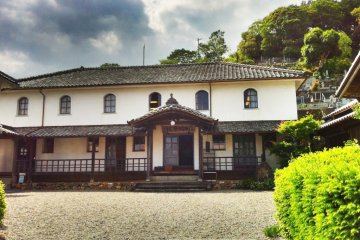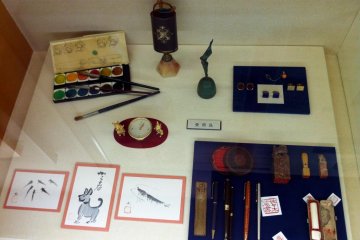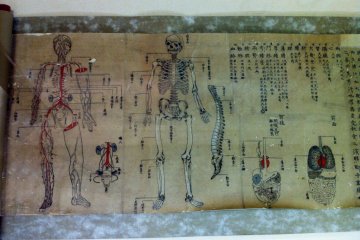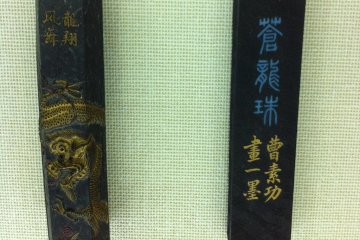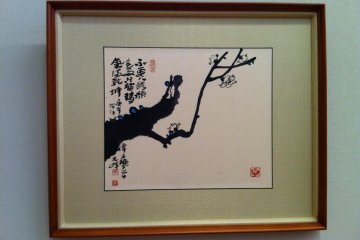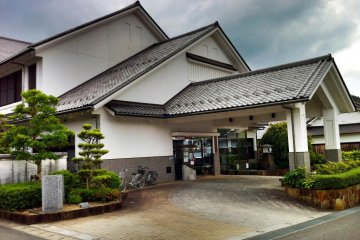The heart of the ‘city’ known as Seiyo is the little town of Uwa, and in the middle of Uwa is an area called Unomachi. This is a single street of old buildings dating from the Edo Period and later. In this area there are four separate museums, all of which are worth a visit. Here we’ll have a look at the Uwa Philosopher’s Museum (宇和先哲記念館 Uwa Sentetsu Kinenkan in Japanese).
It must be admitted here that the name “Philosopher’s Museum” is entirely my own invention. As far as I know, nobody has attempted a translation before. But in the West, before the frightening and new-fangled term “scientist” appeared, people who knew surprising and useful things were known as “philosophers”. This museum is dedicated to great and wise men who had some connection with Uwa. These great and wise men actually include women for that matter. Kusumoto Ine was the daughter of Philipp Franz von Siebold, the first European to teach Western medicine in Japan. Ine was raised in Uwa and became Japan’s first female doctor of Western medicine and a women’s libber to boot. You can see her magnifying glass in the museum.
To be quite frank, I didn’t have great expectations of the Philosopher’s Museum, especially as I had no wish to read a lot of Japanese text about obscure historical personages. But in fact, I soon found myself fascinated by this calligrapher’s ink stones, that songwriter’s records, this doctor’s anatomical drawings and that artist’s sculptures. Each wise personage is presented with a large photo and some of their representative works and possessions. It’s quite engrossing. Ehime has traditionally been a prefecture which has placed a strong emphasis on education, and this celebration of cultural contributors is a charming reflection of this respect for learning.
The philosophers take up half of the first floor. The rest of this space was devoted to a small photography exhibition when I visited. There were shots from around Shikoku and they made me want to explore some of these places. The second floor is a gallery of paintings and ceramics. The paintings are mostly of flowers in various styles, and the ceramics are largely Tobe-yaki, a specialty of Ehime. They’re worth a look.
Admission to this museum is 200 yen for adults. Alternatively for 400 yen, you can get a ticket which includes this museum, the Kaimei School, the Rice Museum and the Uwa Museum of Folk Tools, which is a real bargain.






